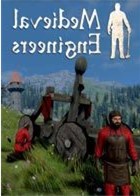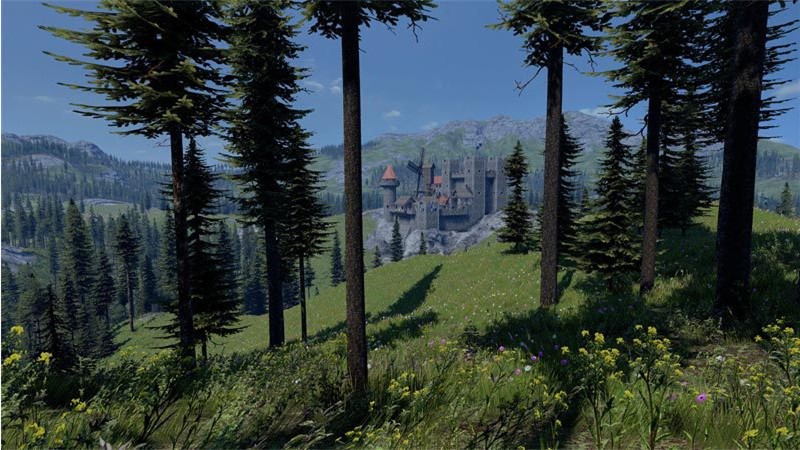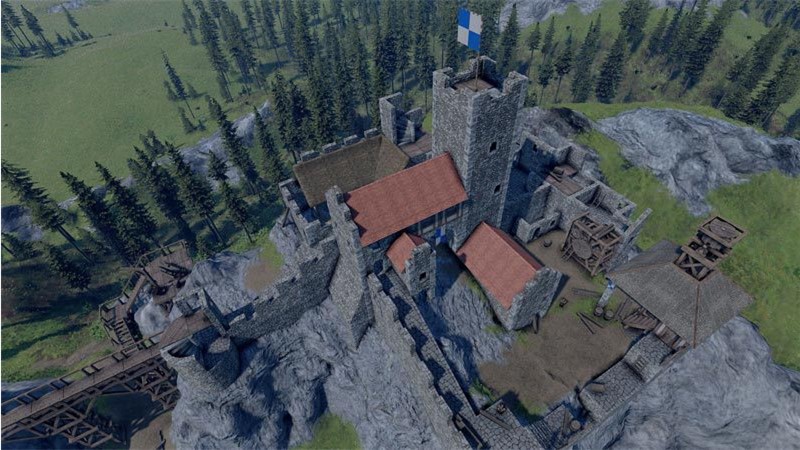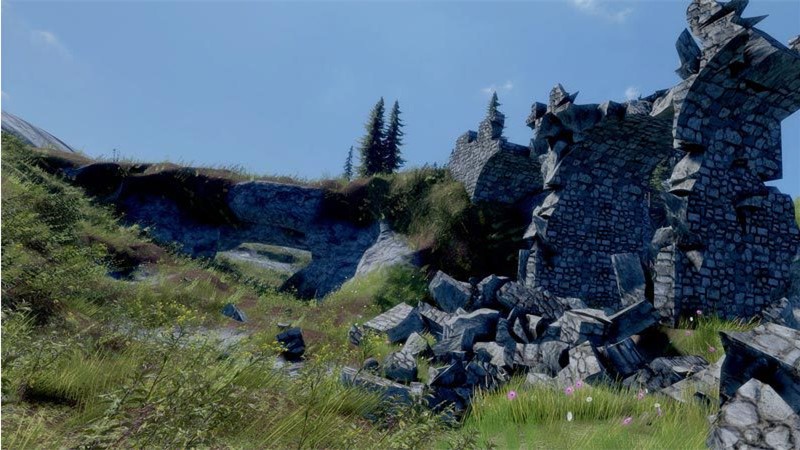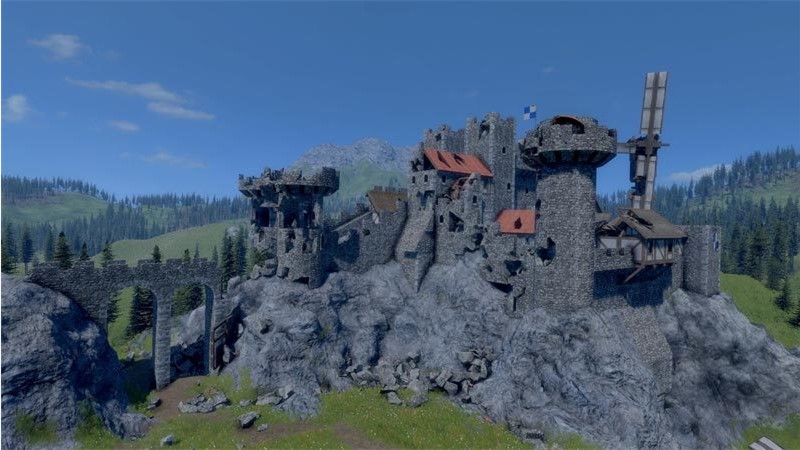ViciGame
Unlock Your Gaming World |
Discover a Vast Collection of Games and Dive into Thrilling Virtual Realms. Your Ultimate Gaming Destination Awaits!
Description
EARLY ACCESS GAME
Medieval Engineers is an Early Access game, which means that it is
released while being under development but is already in a very
playable state and contains a vast amount of features. The game is
being improved on a regular basis through updates that add and
polish features and content, optimizations and bug fixes.
NOTICE: Activation key must be used on
a valid Steam account, requires internet connection.
ABOUT THE GAME
Medieval Engineers is a sandbox game about
engineering, construction and the maintenance of architectural
works and mechanical equipment using medieval technology. Players
build cities, castles and fortifications; construct mechanical
devices and engines; perform landscaping and underground
mining.
The game is inspired by real medieval technology and the way people
built architectural works and mechanical equipment using medieval
technology. Medieval Engineers strives to follow the laws of
physics and history and doesn’t use any technologies that were not
available in the 5th to 15th centuries.
Medieval Engineers concentrates on construction aspects, but can be
played as an action game too. We expect players to avoid engaging
in direct man-to-man combat and instead use their creativity and
engineering skills to build war machines and fortifications.
Medieval Engineers shouldn’t be about troops; it should be about
the machinery you build.
Medieval Engineers is the second ‘engineering” game developed by
Keen Software House. The first one is Space Engineers, which sold
over 1 million copies in its first year and is still a
bestseller.
KEY FEATURES
- Game modes
– Creative – unlimited resources, instant building,
invulnerability, levitation - Single-player
- Multi-player – will be added in a future
update - First-person & Third-person
- Voxel hand – shape the terrain and its
material (right now only creative mode voxel hand is
implemented) - Block types
– Small: 0.25 meter (25 centimeters)
– Large: 2.5 meters
– Dynamic: can be used to construct carriages and machinery that is
supposed to be moved around
– Static: immovable and connected to earth; if a heavy load breaks
its structural integrity it cracks and unsupported parts become
dynamic - Building blocks: stone walls (various shapes –
from blocky to rounded), wooden walls and flooring, roofs (ceramic,
thatched, hay), power source blocks (manual human labor), stored
energy blocks (torsion spring), leverages, weights, swings, ropes,
wooden beams of various length and shape - Realistic physics – structural integrity,
destructible objects (everything: from blocks to terrain), real
proportions, volume, mass, storage capacity, integrity - Steam Workshop – share your creations with the
Community - Modding – world files, 3D models, textures,
shaders, API (scripting in-game objects in C#) - 32-bit & 64-bit – 64-bit version expands the
amount of objects and blocks (almost unlimited) and terrain - World management – generate new worlds, ‘save
as” to multiple copies, auto-save every 5 minutes (can be turned
on/off), edit world settings - Localized interface – will come later
MORE TO BE ADDED LATER
Full list of current and upcoming features:
www.MedievalEngineers.com/features.html
System requirements
- OS: Microsoft Windows 10 (latest SP) 64-bit
- Processor: Intel i5 @ 3.0 GHz or higher (or AMD equivalent)
- Memory: 8 GB RAM
- Graphics: Geforce 750/Radeon R9 270X or higher
- DirectX: Version 11
- Storage: 10 GB available space
- Sound Card: DirectX® compatible on-board
- Additional Notes: .NET 4.7.2
- OS: Microsoft Windows 10 (latest SP) 64-bit
- Processor: Intel Quad Core i7 @ 4.5 GHz or higher (or AMD equivalent)
- Memory: 16 GB RAM
- Graphics: Geforce 1070 GTX / Radeon RX Vega 56 or higher
- DirectX: Version 11
- Storage: 10 GB available space
- Sound Card: DirectX® compatible on-board
- Additional Notes: .NET 4.7.2

